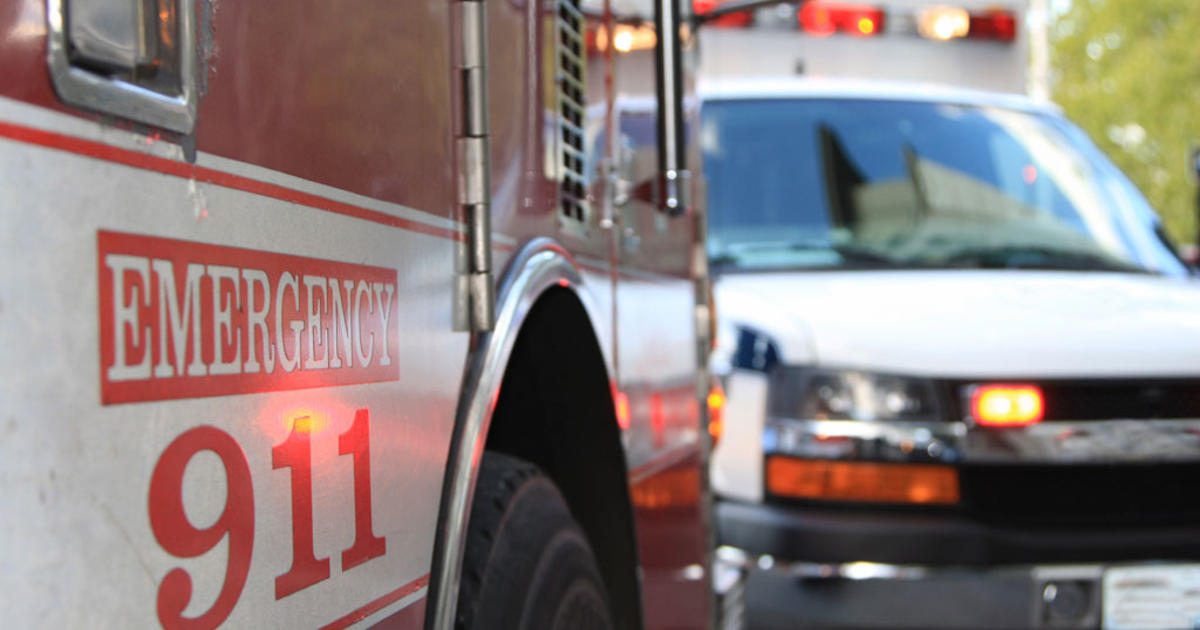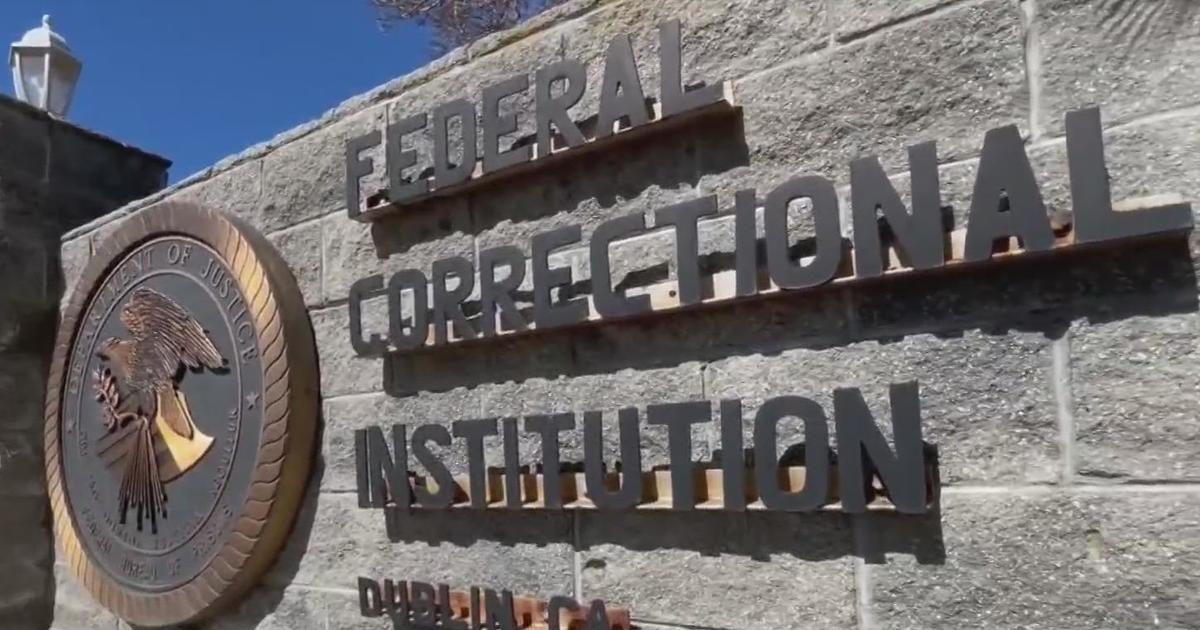Asiana Pilot Delayed Evacuating Crashed Plane Until Fire Broke Out
SAN FRANCISCO (CBS/AP/BCN) — As soon as Asiana Flight 214 came to a stop after a crash landing that tore off the tail and sent the Boeing 777 spinning down the runway at San Francisco International Airport, the lead flight attendant asked pilots if she should begin evacuating passengers. The answer from one of the pilots was 'No,' according to federal safety officials.
The cabin manager then made an announcement over the public address system for people to stay in their seats and not evacuate, officials said.
With dust swirling in the cabin, the hundreds on board stayed in their seats. It wasn't until 90 seconds later, when a flight attendant noticed a fire had erupted, that emergency slides were deployed and passengers began streaming out of the plane.
National Transportation Safety Board investigators said the delay apparently occurred as a pilot checked with the control tower at the airport.
Two of the plane's eight slides malfunctioned during the evacuation, opening inside the cabin and pinning two flight attendants underneath; one of them suffered a broken leg. According to the flight attendants, they tried to expedite evacuation procedures by taking passengers to doors that were less crowded.
Meantime, the fire that started when fuel leaked onto a hot engine started spreading and flight attendants and the flight crew used fire extinguishers to battle the flames as firefighters and rescuers arrived.
As to a timeline of the crash and response, the NTSB said two minutes after the crash the first emergency crews arrived on scene and started putting out the fire.
NTSB Chairwoman Deborah Hersman recounted the sequence of events at a news conference Wednesday afternoon. She said it was pieced together based on interviews with six of the 12 flight attendants.
"We don't know what the pilots were thinking, but I can tell you, in previous accidents there have been crews that don't evacuate," she said. "They wait for other vehicles to come to get the passengers out safely. Certainly if there's an awareness that there's a fire aboard the aircraft, that is a very serious issue. There was a fire, and then the evacuation began."
She said part of the crash investigation will involve deciphering if proper procedures were followed during the evacuation.
"Hindsight is 20/20," Hersman said. "We all have a perspective that's different than the people involved in this."
Hersman also said investigators were working with the manufacturers of the inflatable chutes to analyze and test what occurred.
"The evacuation slide normally inflates when the door is opened," she said. "It is unknown why the doors inflated inside the aircraft."
The plane, carrying 307 passengers and crew, crashed Saturday, killing two and injuring scores.
When the tail was peeled off after the plane clipped the seawall at the end of the runway, three of four flight attendants seated in the rear were ejected from the plane, Hersman said. All survived and were among the six flight attendants who remain hospitalized.
The flight attendants, especially lead attendant Lee Yoon Hye, have been cited for their professionalism during the evacuation.
Hersman said investigators were continuing to probe what led to the botched landing, with the plane coming in too slowly and in the wrong position on the runway.
As part of four-hour interviews with the four pilots, Hersman said the flying pilot and his accompanying instructor pilot both had a full eight hours of sleep the night before take-off and the day before both had been in Seoul, South Korea on a rest day.
She said the investigation looks at what the pilots were doing prior to the flight "to try to understand if they are fatigued" and "what type of conditions they are working under."
The two pilots at the helm during take-off and landing had never worked together before, but flew together for four hours and 15 minutes at the beginning portion of the flight.
They resumed their seats in the cockpit for the last 1.5 hours before landing, along with a relief captain who was monitoring the descent into San Francisco International Airport.
Hersman said a key component of the investigation concerns automation and a clearer picture has yet to be pieced together of how the pilots were running the plane when it crashed.
She said autopilot mode and auto-throttle, similar to cruise control in a car, were both in use in the final 2.5 minutes of the flight, according to flight data.
(Copyright 2013 CBS San Francisco, the Associated Press and Bay City News. All rights reserved.)



